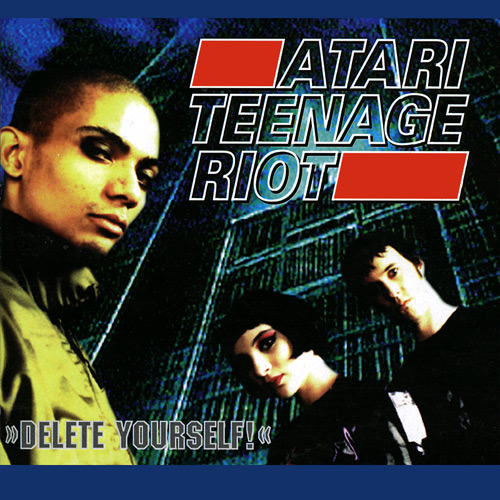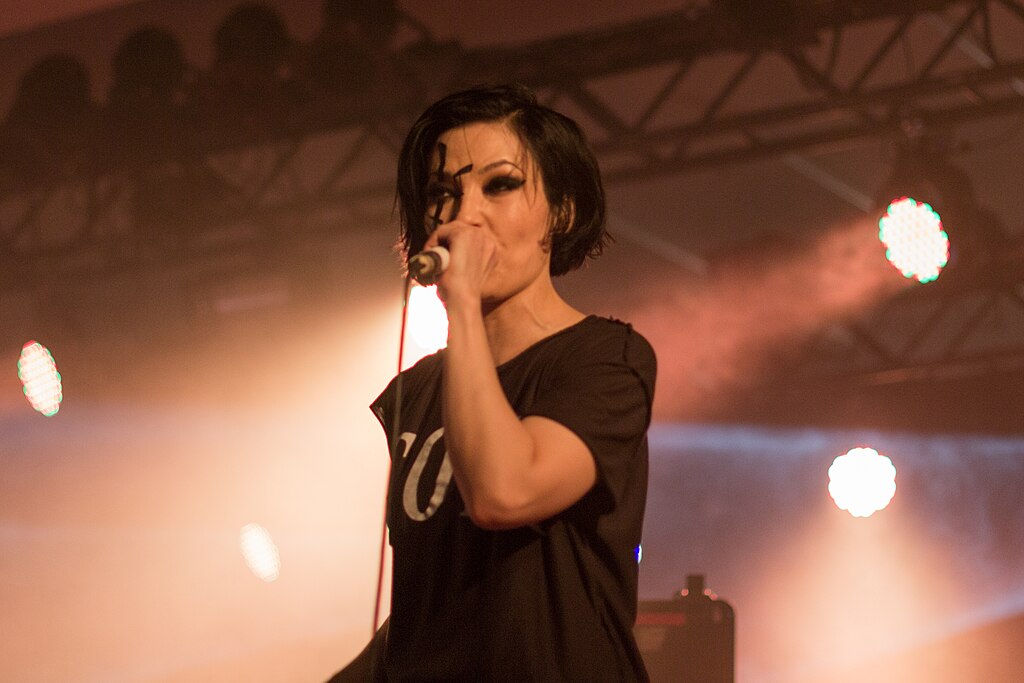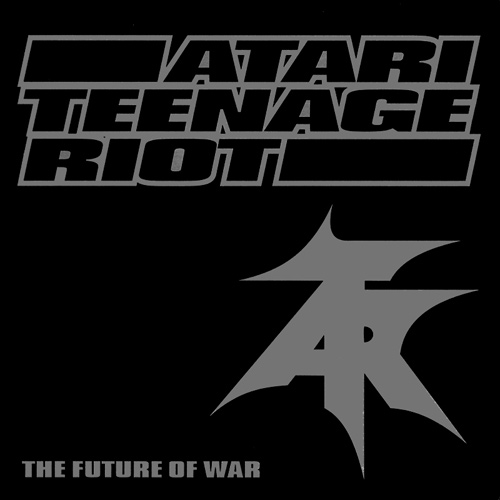
Formed in 1992, Atari Teenage Riot (ATR) emerged as a sonic weapon against the rising tide of neo-Nazism and conservatism in post-reunification Germany. They didn’t just make music—they declared war. With a radical fusion of hardcore techno, punk, and industrial noise, ATR pioneered the genre they dubbed digital hardcore—a style as confrontational as their message.
The Original Lineup: Three Voices, One Riot
At the core of ATR were three distinct yet complementary forces:
Alec Empire – The Architect
As the founder, producer, and primary sonic architect, Alec Empire shaped ATR’s aggressive sound. With roots in Berlin’s techno underground and a deep distrust of major labels, Empire handled programming, production, and political direction. His disdain for authority and commercialism led to the founding of Digital Hardcore Recordings (DHR)—ATR’s label and ideological outpost.
Hanin Elias – The Voice of Resistance
Elias brought a fierce feminist and anti-authoritarian presence to ATR. As the band’s female vocalist, her sharp delivery and onstage energy added dimension to their aggression. Beyond ATR, she would later found her own label, Fatal Recordings, to support female artists in underground music. Her work consistently pushed against patriarchal norms in both society and the scene.
Carl Crack – The Wild Card
Born in Swaziland and raised in Germany, Carl Crack (real name: Karl Böhm) delivered manic, electrified raps that often felt like sermons on chaos. His background brought a unique perspective to ATR’s politics, and his energy was central to their explosive live shows. Sadly, Crack struggled with mental health and addiction. He died in 2001 at just 30 years old, a loss that still echoes in ATR’s history.
The Message: Sound as Protest
From their debut album Delete Yourself! (1995) to explosive singles like “Start the Riot!”, “Hetzjagd Auf Nazis!”, and “Revolution Action”, ATR’s music was never background noise. It was a call to arms. Songs attacked racism, police violence, capitalism, and digital surveillance years before these topics became widespread in pop culture.
Their live shows felt like direct action: chaotic, confrontational, and often met with police resistance. At times, they were banned from venues, censored by governments, or ejected from tours for being too radical—even for punk scenes.
Collapse and Rebirth
After intense touring, internal tensions, and Carl Crack’s untimely death, ATR dissolved around 2000. The remaining members pursued solo work—Alec Empire as a prolific noise/electronic artist, Elias with her own label and solo albums.
In 2010, Empire resurrected ATR with new collaborators:
- Nic Endo, a Japanese-German noise artist and former ATR touring member, stepped in as a full-time member, bringing coldwave aesthetics and a strong anti-authoritarian stance.
- CX KiDTRONiK and later Rowdy Superstar added modern energy, bridging ATR’s 90s roots with the digital urgency of the 2010s.
The 2011 album Is This Hyperreal? tackled internet surveillance, hacker culture, and social control—proving that ATR’s politics and urgency remained painfully relevant.
A Lasting Legacy
Atari Teenage Riot didn’t just bend genres—they destroyed them. They proved that electronic music could be just as confrontational, angry, and activist as punk or hip-hop. Their influence can be felt in acts ranging from Death Grips to Ho99o9, and in the way protest music is increasingly finding a home in experimental and digital forms.
Why Their Story Still Matters
- Carl Crack’s fire, Elias’ defiance, and Empire’s uncompromising vision made ATR more than a band—they were a movement.
- In a time of resurgent fascism and algorithmic control, their work feels like prophecy.
- They showed us that you don’t need guitars to make noise, and that political music doesn’t need to be polite.
Atari Teenage Riot wasn’t meant to last forever. They were designed to burn fast and bright, to make the system flinch. But the echoes of that noise—pure, furious, digital chaos—are still ringing, still relevant, and still impossible to ignore.
By Jenue,
writer and curator at Electronica Site, tracing the quiet pulse of modern electronic sound.


Questions, collabs, or just vibes? Hit us up
email: nica@electronica.site